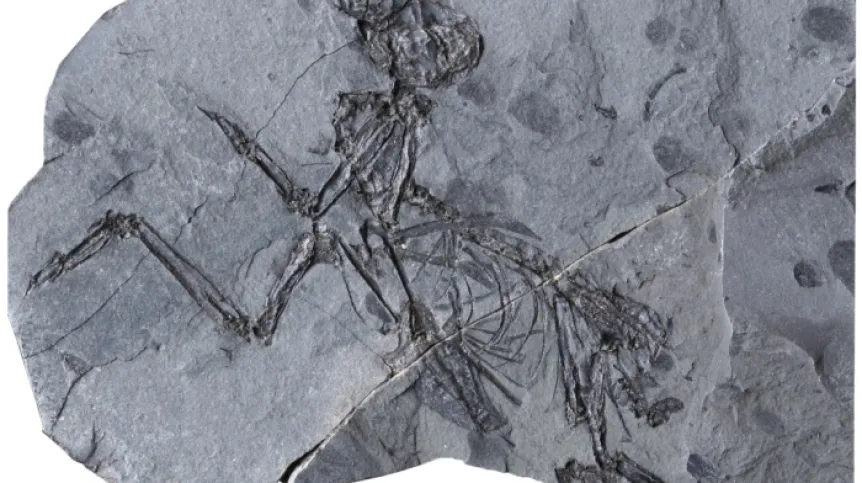
The areas of present-day south-eastern Poland used to be covered by a shallow sea. But apart from fossil fish, invertebrates and plants, bird remains are also sometimes found. Thanks to these few officially known finds, we know that species related to today's passerines, as well as grouses, hoopoes, hawks and... hummingbirds lived here.
In the Oligocene - a period in Earth's history approximately 23-34 million years ago - (and in the later Miocene) the lands of today's Poland were covered by a fairly warm, shallow sea. To this day, when wandering along rivers near the banks, or during road construction, fish prints or their preserved fragments are often discovered. Other animals are much rarer.
NOT ONLY REPTILES
We sometimes hear the news about spectacular discoveries of fossil reptiles, dinosaur prints and tracks preserved in the rocky (once - softer) ground. One might think that birds avoided these areas.
But they are also sometimes found.
'During the Oligocene, there were already lots of birds on Earth, but only 15 specimens have been found in Poland,’ says ProfessorZbigniew M. Bocheński from the Institute of Systematics and Evolution of Animals of the Polish Academy of Sciences in Kraków. Most of such finds pass through his (and his colleagues') hands. 'Usually, these are incomplete fossils, sometimes individual bone fragments. We are particularly interested in eight species new to science, originating from the Oligocene,’ the scientist adds.
Most of these specimens have been found by amateurs, which is reflected in the species names. According to tradition, the scientific name may refer to the place of discovery or the name of the discoverers, honouring their passion and knowledge. 'It is often very extensive knowledge - about finding fossils, sometimes in a layer only a few millimetres thick. These people often decide to cooperate with us and make specimens available for research,’ the professor says.
He points out that Oligocene geological layers cover the areas of south-eastern Poland, from eastern Małopolska to the border with Ukraine, and practically the entire Podkarpacie region. 'It is one big palaeontological site. But we won't be able to find birds everywhere,’ he says.
WHAT THE EARTH HAS GIVEN BACK
The first bird described by Bocheński is Eurotrochilus noniewiczi (the name refers to its finder, Edward Noniewicz) - an extinct relative of hummingbirds known today from the Americas. 'We cannot find these birds in the Old World (Europe, Asia and Africa - PAP). But everything indicates that their evolutionary beginning took place in what is now Europe. The specimen from Poland is the second hummingbird from this part of Europe; the first one was found in Germany. The +Polish+ bird was so small that the stone plate in which its skeleton is preserved fits into a matchbox,’ Bocheński says.
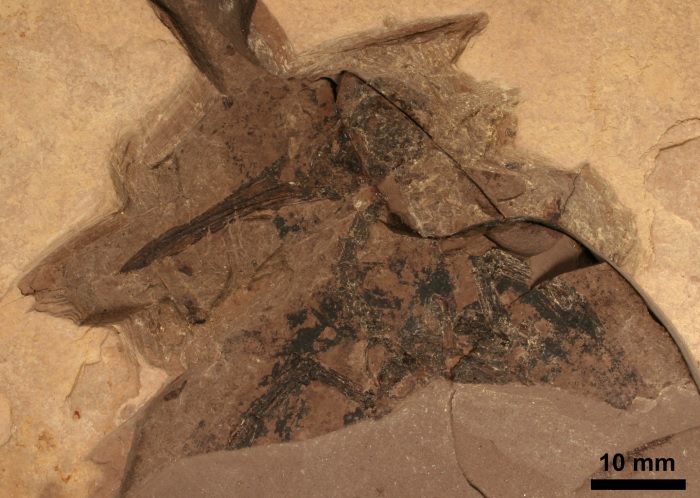
Among the fossils there are many representatives of passerines, which today constitute the largest group of birds and include approximately 6,200 species (more than half of modern species). This order includes sparrows, canaries, but also magpies and ravens. It seems that in the distant past this group was also large and diverse.
Among the +Polish+ passerines from the Oligocene, several relatively complete specimens have been thoroughly described. One of them is Crosnoornis nargizia found near Krosno (in Rudawka Rymanowska). It represents a group of suboscines currently known from South America. The strong beak suggests a diet of hard fruits, seeds, and possibly invertebrates. Its wings were probably rounded, typical of sedentary birds or birds migrating over short distances. It probably lived in forests or thickets. Its short tail and long legs indicate that it spent a lot of time close to the ground.
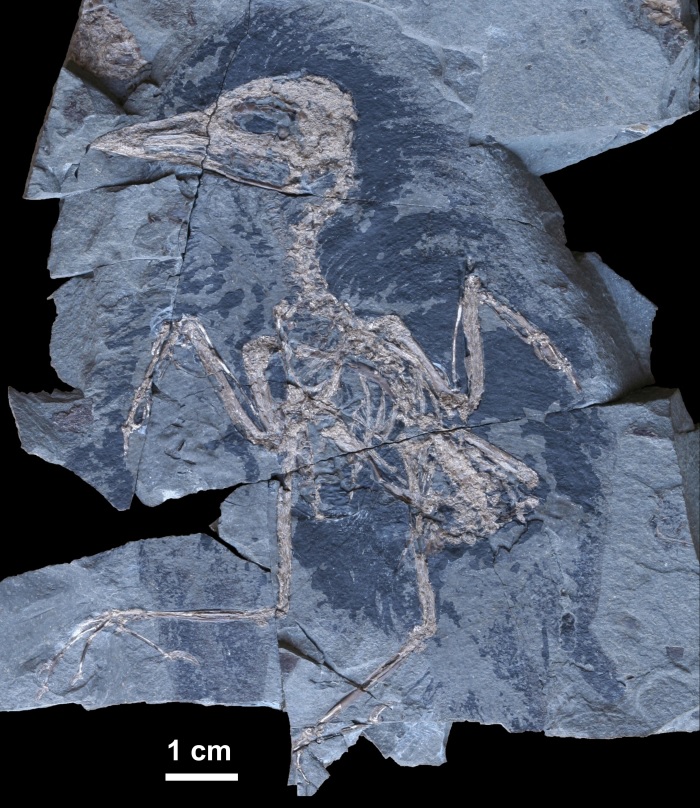
This was not the first passerine analysed at the Institute of Systematics and Evolution of Animals of the Polish Academy of Sciences.
'I was extremely careful with the first passerine bird,’ Bocheński recalls. 'I heard from various sources that such a specimen existed in Dubiecko, but I thought that its finder, an amateur, would be afraid of contact with scientists, thinking that someone would try to take it from him. However, when I contacted the finder and collector, Robert Szybiak, he agreed! He lent me a specimen for study - a beautiful one, almost complete, with bones and feathers. It was a sensation in that area: the first passerine bird from Poland, only one had been previously known in Europe. We named it Jamna szybiaki'.

Within the bird's print, the outlines of feathers have been preserved, from which scientists have read information about the bird's appearance and lifestyle. The bird was the size of a lark, with a straight, rather delicate beak, suggesting insectivory or frugivory. It had long legs - it probably spent a lot of time on the ground foraging. The pelvis and shape of the sternum indicate a bird that lived near the forest floor (rather than in open meadows). Feathers were typical of birds with short, wide wings. The tail feathers were short and rounded. All plumage was typical of species that lived among trees and could manoeuvre between branches.
Another species representing passerines, Resoviaornis jamrozi (named after the finder Albin Jamroz), comes from Wola Rafałowska (near Rzeszów). It was the size of a tit and probably spent a lot of time on the ground (long legs). It fed on insects or fruit (delicate beak). Its remains come from the end of the Oligocene and were preserved in marine sediments.
Professor Bocheński says that R. jamrozi is 'nicely preserved on two rock plates' (like all 'Polish' bird specimens). 'They are partly reflections and partly remains of the bird, preserved with fossilized bones embedded in the rock. If you strike it skilfully, it cracks along the surface. A 'positive' and a 'negative' are created, and each of them retains certain details,’ he says.
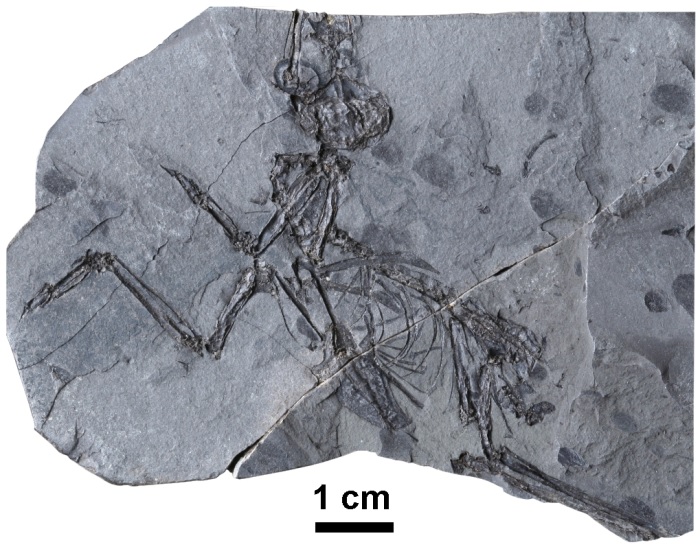
Another bird the size of a tit was a passerine bird found in Winnica, Winnicavis gorskii (named after the finder Andrzej Górski), of which only incomplete wings had been preserved. Computed tomography was used to study it, allowing scientists to see structures immersed in the parent rock.
In addition to passerine birds from Poland, scientists also described a fossil relative of chickens, turkeys and pheasants - a bird from the order Galliformes. Its size may have been similar to a quail or a partridge. It was named Sobniogallus albinojamrozi (after its discoverer Albin Jamroz). Many of its bones have been preserved in three dimensions, but the skull is unfortunately missing. 'Today, it is believed that grouses are very closely related to ducks. While examining this specimen, we noticed clear duck-like features on some of its bones,’ Bocheński says.
Two specimens of small birds related to today's hoopoes (Upupiformes) have also been discovered in Poland. Scientists from the Institute of Systematics and Evolution of Animals of the Polish Academy of Sciences described the specimens, one of which turned out to be a new species (Laurilardia smoleni, named after the finder Damian Smoleń), the other - another specimen of a previously known species (the find eventually ended up in Germany). 'Polish' fossil hoopoes filled the gap in the finds. 'Hoopoe-like birds were previously known from the Eocene - the era preceding the Oligocene - and from much later periods. We had a gap concerning this group of birds, covering several dozen million years. And then two specimens from Poland appeared, supplementing our knowledge with new details,’ says Bocheński.
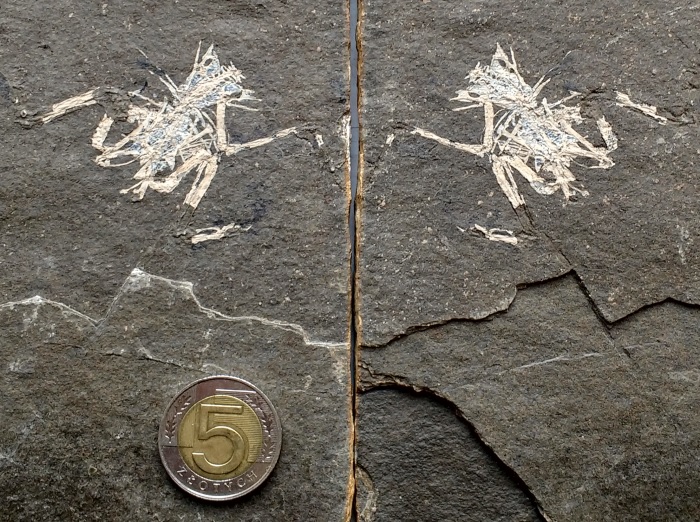
A LONELY PREDATOR AND A FEW AQUATIC BIRDS
Another find is Aviraptor longicrus - the only predator from the Oligocene found in Poland. 'It was tiny, half the size of a sparrowhawk. A very interesting find, if imperfectly preserved. However, we know that it had long legs and a short beak, which helped it pluck prey, probably also birds. The proportions of the wings, pelvis and sternum indicate that it was a relative of today's hawks,’ says Bocheński. That fossil eventually 'emigrated' to Norway.
Fossils of large birds from the Oligocene are not known in Poland. There are, however, two finds concerning water-related species. One was described by Professor Andrzej Elżanowski (then from the Museum and Institute of Zoology of the Polish Academy of Sciences). He analysed a single bone found near Kraków. It was the remains of a bird from the Procellariiformesgroup, which today includes oceanic birds - shearwaters, ocean finches, albatrosses... 'In Poland, a landlocked country, we do not encounter them today. This is a very interesting find, although based on this small fragment it is difficult to say how this bird lived,’ Bocheński explains.
The second 'Polish' fossil bird associated with the aquatic environment represents ancient relatives of the common wattle, wading wetland bird (it was assigned to the Rallidae group).
Bocheński continues: 'Most of the Oligocene birds whose remains were found in Poland, however, are species that are unusual for the aquatic environment. How did they get into the sea? It is hard to say. They could have been flying and the wind blew them off their route; they could have died on land and then something caused them to end up in the sea.’He adds that they were preserved thanks to the anaerobic conditions at the seabed. Thanks to these conditions, the decomposition of matter is limited and the chance of preserving the remains increases.
However, there are not many bird finds from the Oligocene. 'The next periods are the Miocene and Pliocene - and from then we again have a few, a dozen specimens. Then comes the Pleistocene, from the beginning of which there is almost nothing, or at least nothing has been preserved. And then, from the period of the last 70,000 years, there are a lot of finds,’ says Bocheński.
MODEST, BUT INTERESTING
Where are the fossil birds found in Poland? Most holotypes - i.e. specimens on the basis of which new species have been distinguished and described - are stored at the Institute of Systematics and Evolution of Animals PAS. However, the institute does not exhibit these objects in its museum. Its collections include: the hummingbird Eurotrochilus noniewiczi, the grouse Sobniogallus albinojamrozi and a single plate with the fossil Laurilardia smoleni; the second single is on display at the Besko Heritage Centre in Podkarpacie.
Bocheński adds that bird fossil specimens are 'interesting, but usually not spectacular'. 'For example, the hummingbird is tiny; the plate on which it can be seen fits into a matchbox. To display it, you would need to add a large magnifying glass or a magnifying monitor,’ he says.
In addition to fossil bird skeletons from the Oligocene, many feather impressions have also been preserved. 'There are a few of them at the institute, but it's nothing compared to what amateurs have. Some of them have really beautiful collections,’ says Bocheński.
'As a scientist, I am interested in describing the specimen, not in searching for it. But there are crowds of amateur searchers who have extensive knowledge, practice and considerable achievements. Some private finds are put on public display, for example in the Museum of Fossils and Minerals in Dubiecko, owned by fossil hunter Robert Szybiak. In Krosno, Grzegorz Salwa, a neurologist by profession and a palaeontologist by passion, has a huge collection. In addition to birds, he has large collections of fish and plants. There would be something to show. As far as I know, he has ambitions to open a museum and has asked the Krosno authorities for support. So far, to no avail,’ Bocheński says.
He also adds that some of the specimens found in Poland 'emigrate' to the West, because 'fossils are a huge market'. 'When someone finds an interesting specimen, they often try to sell it for a lot of money. There are special online marketplaces and people who want to have fossils at home', he says.
The number of finds is a result of the amateur movement and the number of excavations conducted by scientists. What is the situation of professional excavations in Poland? Professor Bocheński recalls that in the 1970s and 1980s, geological work was carried out during which scientists found layers with fish. Their large collection is in Wrocław, part of it in Warsaw. Birds were also found. 'But looking for a fossil bird is like looking for a needle in a haystack,’ the professor says. He warns that 'real excavations involve huge costs and uncertain results, because you can find a thousand fish and no birds. Fish are also interesting, but they are of a different rank'.
The professor suspects that 'there may be more specimens of fossil birds in Poland, but the finders are not revealing themselves'. He adds that he is willing to cooperate and describe these specimens. 'Of course, this cannot be done spontaneously; procedures must be followed. During the research, the specimen must be in the institute, and the research itself is time-consuming, because it requires, among other things, comparison with osteological collections in Poland, and sometimes also abroad. But there is nothing to fear, I will not take a specimen from anyone,’ he says.
PAP - Science in Poland, Anna Ślązak
zan/ agt/ kap/
tr. RL













